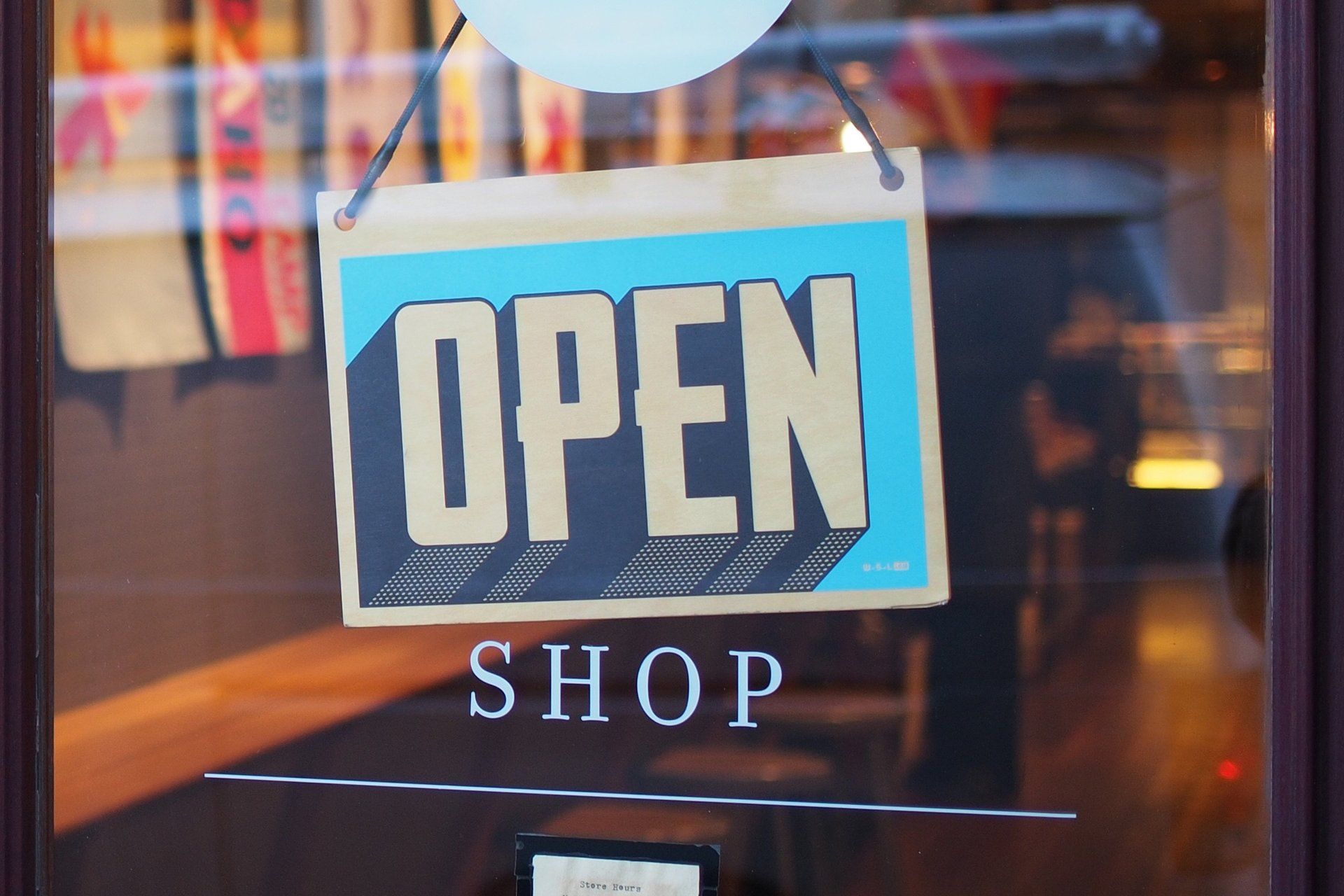
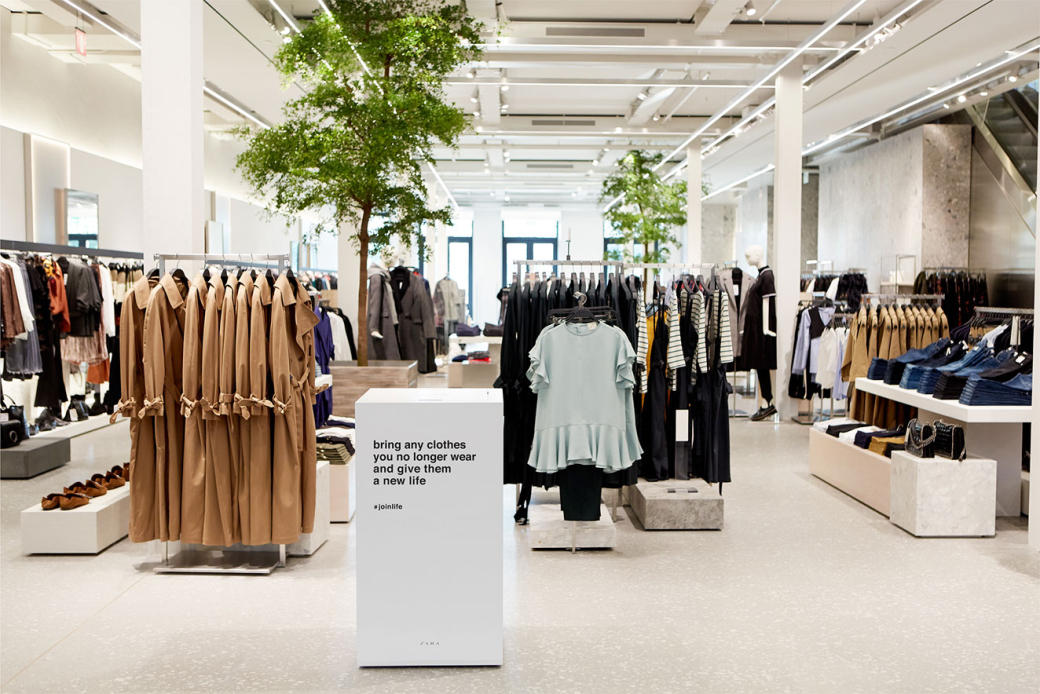
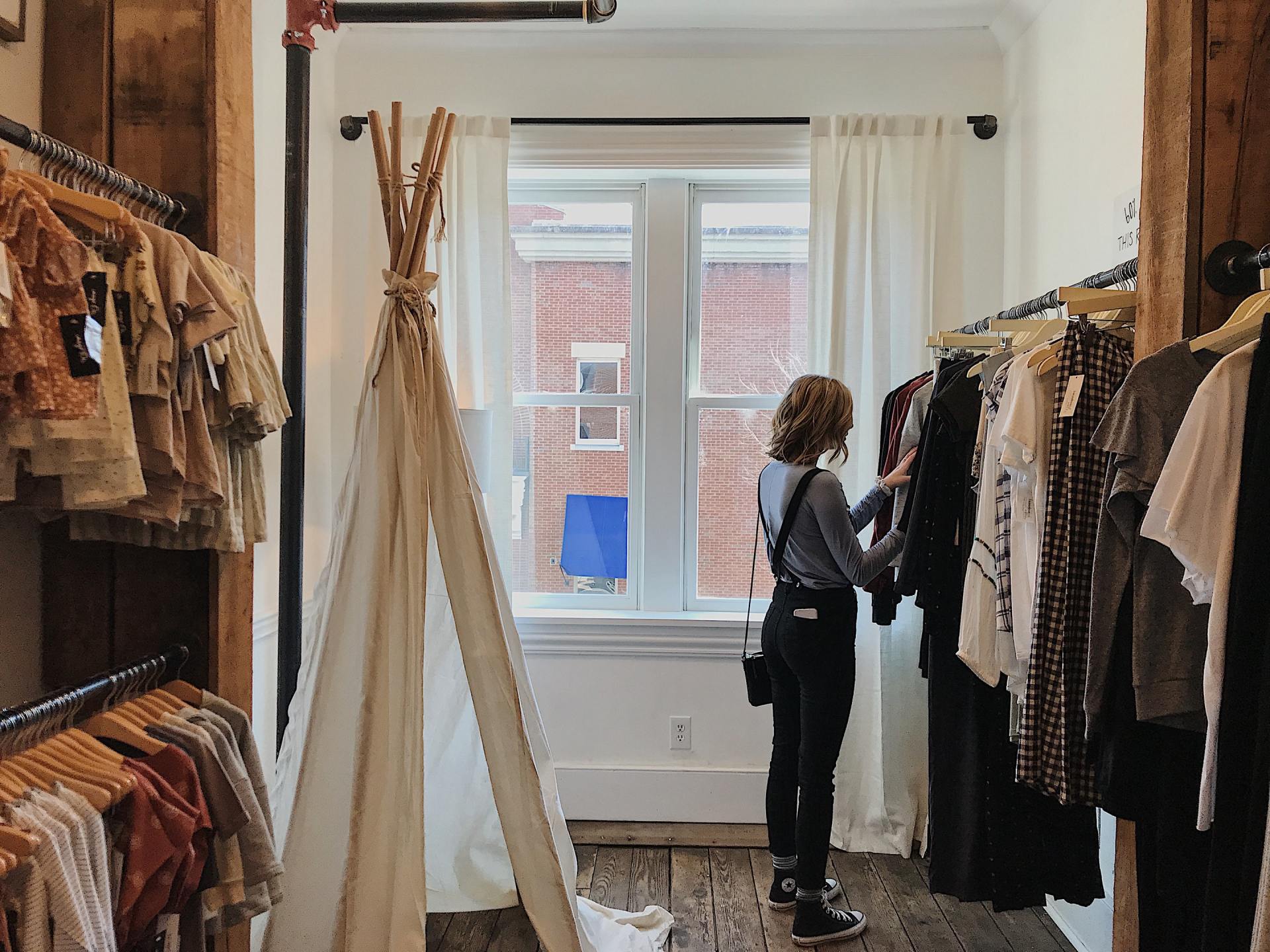
The Case For Convenience. How These Retailers Built Convenience Directly Into Their Brand Experience
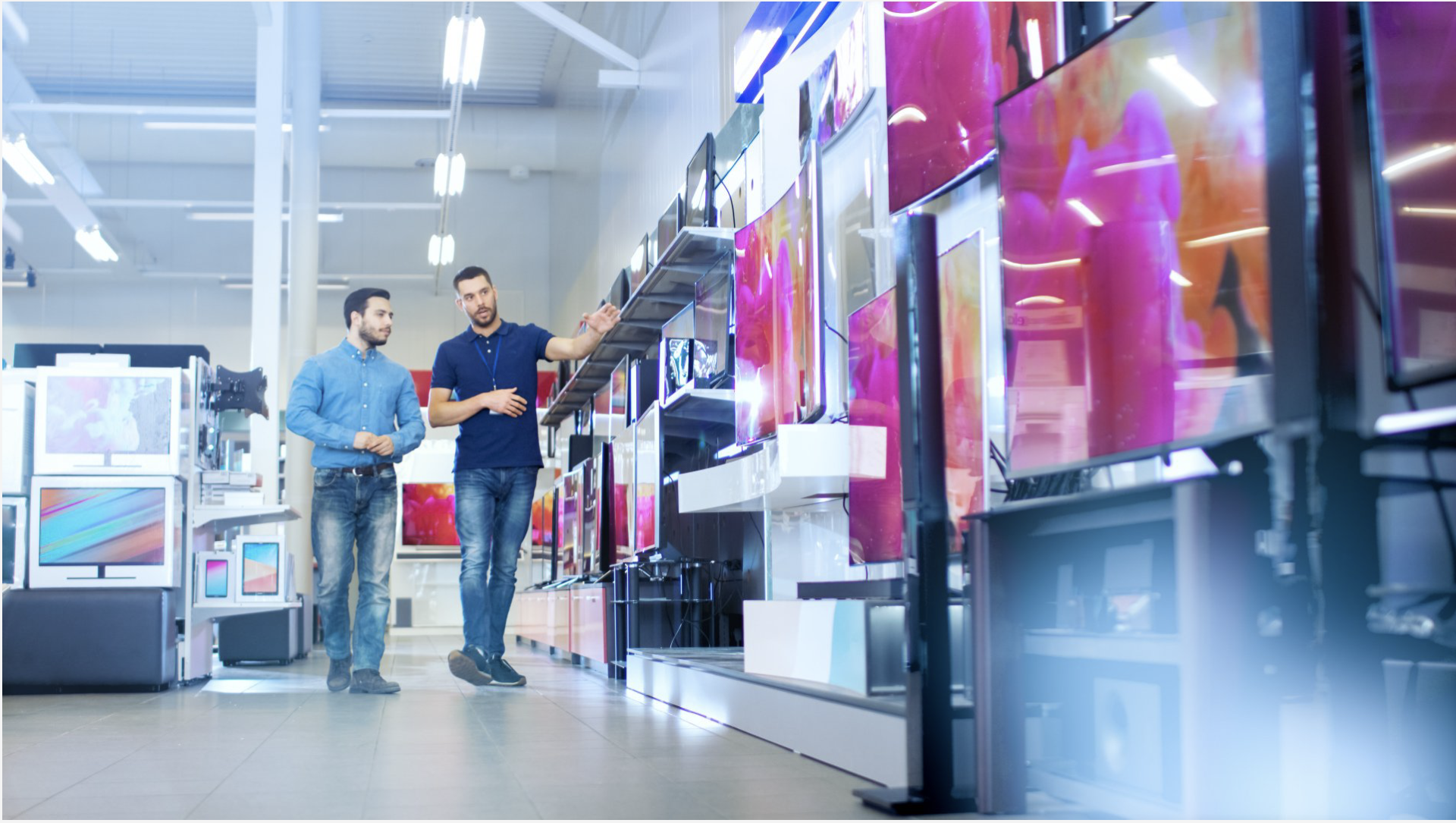
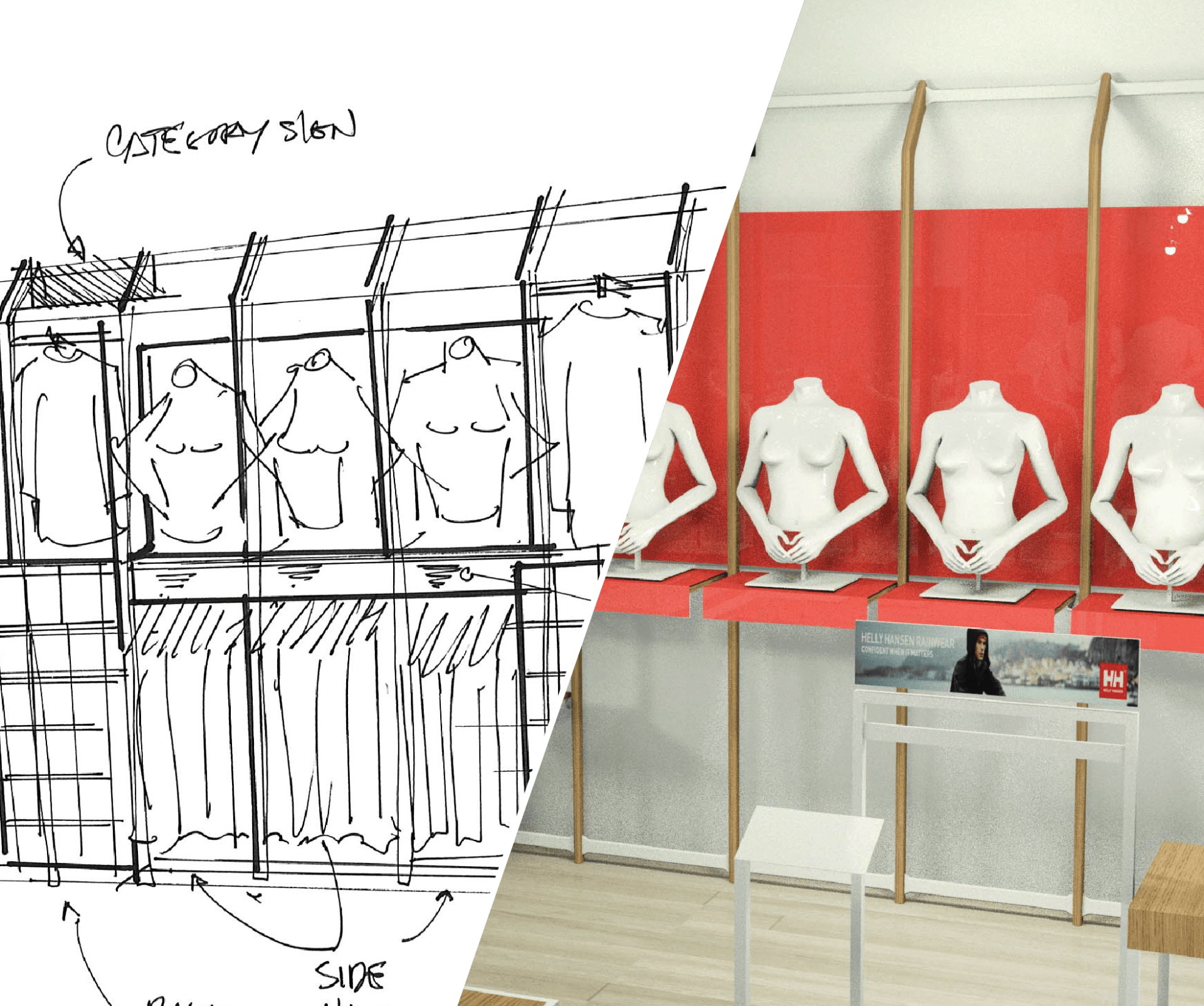
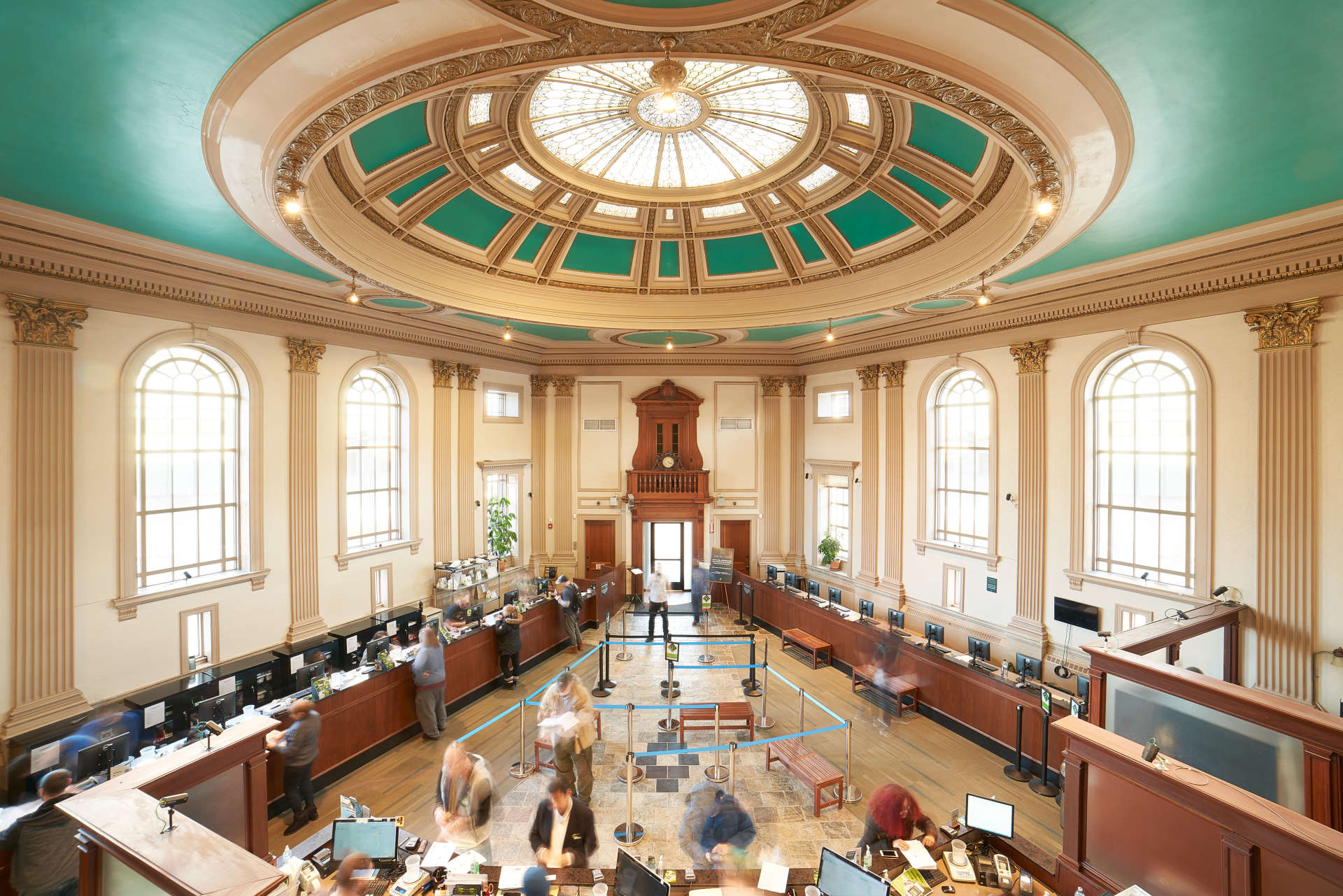
If you’re looking for a digital-first brand that has successfully branched into to brick and mortar stores, it’s hard to miss Shinola Detroit. Through carefully crafted retail environments and event marketing, Shinola is one brand that has managed to connect with the neighborhoods where their stores are located, all while maintaining the brand's (mostly) Detroit narrative.
Shinola, known initially for high-quality watches assembled in Detroit, has gradually added a number of complementary products over the years. These products – bicycles, journals, writing utensils, tools, and audio equipment – all are primarily assembled in Detroit or elsewhere in the U.S., and align with the brand’s craftsman image.
Company president Jacques Panis noted that many consumers who learn about the brand’s products online want to come into a physical store to make a purchase. After launching originally as an online-only brand in 2011, the company began with a store in Detroit, and has gradually added to that number. At the beginning of 2017 there were 22 Shinola shops, and the year should end with 31.
Shinola stores incorporate retail experiential design to engage and delight their customers. Experiences include things like:
· Facilities to take bikes for a test drive
· Free embossing stations on site for leather goods and their ever-popular journals. The embossing station, run by employees, creates an industrialized vibe and also allows customers to walk out of the store with a customized item.
· Build-your-own pieces. Some Shinola stores incorporate a Willard Bar where shoppers can customize their watch by selecting a watch strap and case style.
· Complimentary Shinola-branded cola. Some stores offer customers a custom cola in a glass bottle, in an effort to further differentiate the brand.
· Events. Shinola stores in Los Angeles and New York have included letterpress workshops and wreath decorating parties led by local florists.
The idea behind these experiences is a focused effort to build word of mouth and increase brand engagement. By delighting customers with engaging or unique retail experiential design, the intent is to bring them back. With friends. And it seems to be working.
One challenge that comes along with having a brand mythology based in a particular city like Detroit is how to keep that relevant in each brick and mortar location. Shinola stores tend to be located in neighborhoods rather than malls. The retailer employs event marketing and unique store features that not only support other causes and products that fit the brand’s image, but also help create that vital link to the local community. These event marketing efforts draw customers from the local neighborhood, and also to create a different experience in each store for travelers.
Case in point are features like:
·Surprises like a free mini bouquet of flowers from the van outside with purchase
·A Scott Campbell tattoo shop inside LA Shinola store
·A hidden room to test turntables in the Venice store
·A weekend event in Detroit selling items like t shirts, sweatshirts and hats for York Project, a project that contributes a tote bag of essentials to homeless Detroiters for each item sold.
Since its recreation in 2011, the Shinola brand has always been about the “story.” Through careful crafting of retail experience and event marketing, they continue that story successfully in spaces that are unique to the neighborhoods they serve. Shinola has definitely become a brand to watch as they navigate their way into more retail stores.





